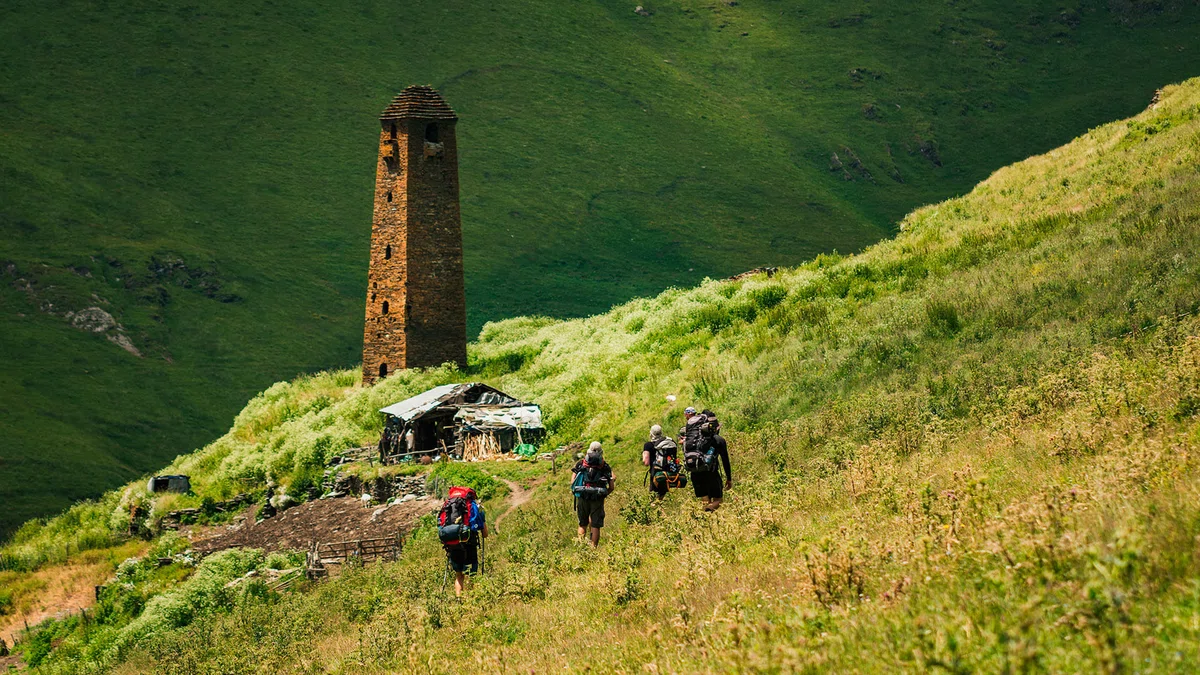
The best monuments in the mountains. Religious monuments of the mountains in Georgia.
One of the iconic mountain monuments is the Lasharis-Jvari Chapel. In the chapel they prayed to the common deities of 12 tribes. This chapel was of the most important importance for all believers. There is even a Lasharoba ritual (Lashari service). On the other side of Lasharis-Jvari is another Tamaris-Khati chapel.
The Lasharis-Jvari Chapel is located in the back Pshavi, on the right bank of the upper reaches of the Aragvi River, far from the settlement, between the settlements of Khoshari and Tsitelauri, on the so-called Khmelgora ("dry mountain"), that is, on Lashar Mountain, and occupies an area of 0.75 hectares. The territory of the chapel is surrounded by a fortress wall erected in the river forest. Near the wall stands the Lashari Chapel, a domed structure supported by four columns with a tin ceiling.
In the chapel, 12 major Pshava tribes prayed to common deities - the Deity of war Lashari and the goddess of healing and fertility Tamara - "Akimdedopali". Besides Pshavi, the cult of Lashari was also widespread in Tusheti, Khevsureti, among neighboring tribes and mountaineers of the North Caucasus. Lasharis-Jvari was considered one of the richest deities, who owned many treasures brought to him as donations (including by kings), territories, vineyards in Kakheti. According to Vakhushti Bagrationi, Lasharis-Jvari was founded by King George-Lasha (1210-1223). Although according to its functions, according to the results of linguistic and ethnographic studies, Lashari was the name of a pagan deity, which seemed to merge with the cult of Tsar George, as the "sword of the Messiah", the liberator, the leader of the army.
The ritual of Lasharob (Lashari service) begins with the sacrifice of calves (sacrificial animals were cut directly by the elder and the main minister of the cult in the Heavisbury gorge), followed by a blessing. Mferhavi (people who bring good luck) dance "Dandruff". In the evening, the worshippers descend to the bank of the Aragvi, where they spend the night in fun. And the next morning they climb the Tamargele (to the icon of Queen Tamara).
Opposite Lasharis-Jvari, on the top of a forest mountain, there is a walled Tamaris-Khati chapel. Inside the chapel there is a Divine floodplain, the desecration of which means condemning oneself to a curse. The slope of the eastern fence is lined with rubble stone. Benches for worshippers protrude from the wall. To the south of the wall there is a house for the banners of the priest of the chapel, there are also qvevri (vessels for storing wine) with a cahor. There is a separate house for brewing. Two bell towers are built into the wall: one is domed, built of stone, plastered with lime, with two large bells; the second is made of wood. Icons rest at the entrance to the walls, and there is also an altar.
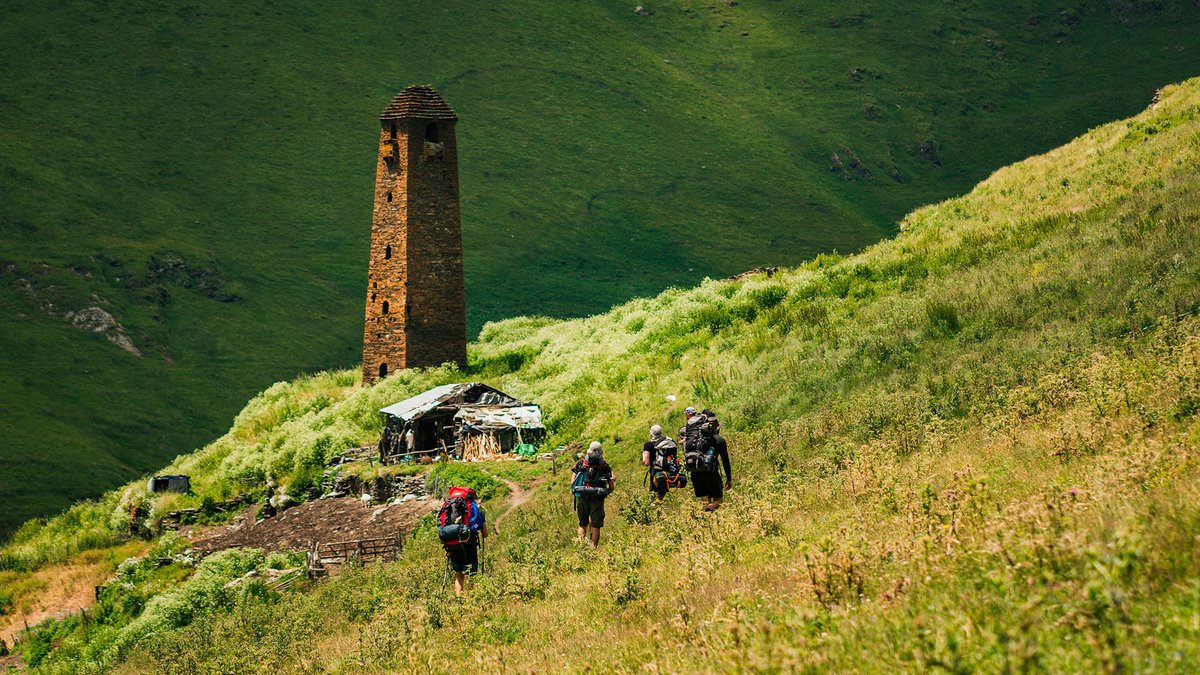
See all the sights of Georgia
-
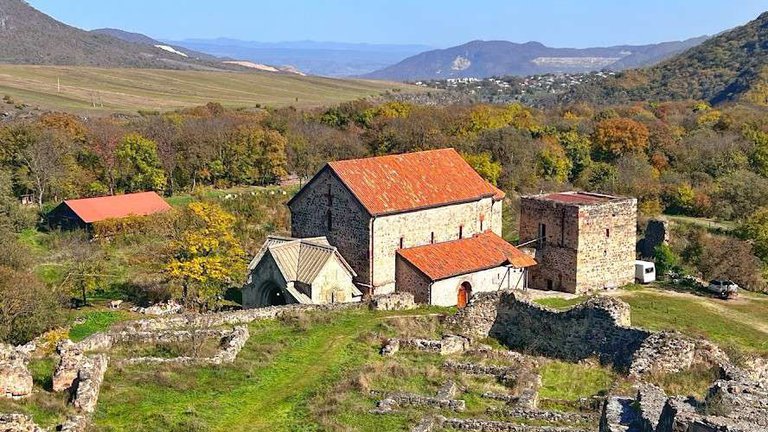
🏰 Dmanisi Sioni: An architectural wonder and an important religious center of Georgia 🌍
Sights of GeorgiaThe Dmanisi Cathedral of the Mother of God is one of the oldest churches in Georgia, buil…
-

🔮 Church of the Ascension in Ozaani: History, frescoes and architectural features of one of the most interesting sights of Georgia!
Sights of GeorgiaVisit the unique church in Ozaani! Find out how to get there, what to take with you, wher…
-

Besletsky Bridge in Abkhazia: Legends, Secrets and How to Get to This Ancient Miracle
Sights of GeorgiaHow to get to the Besletsky Bridge in Abkhazia? Where to spend the night, what to take wi…
-
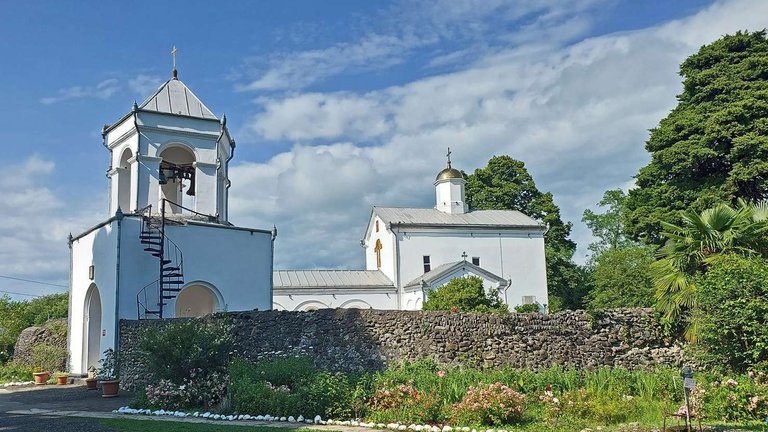
Ilori Temple in Abkhazia: Tragedy of Restoration, Disappeared Relics and Secrets Shrouded in Darkness
Sights of GeorgiaFind out everything about the Ilori Temple in Abkhazia: how to get there from different c…
-
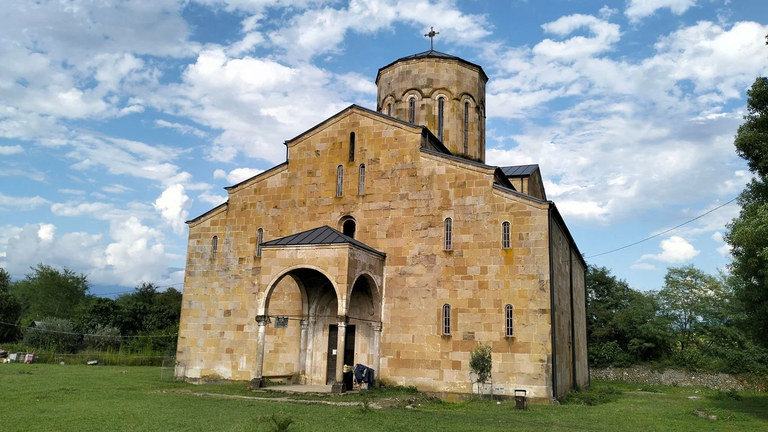
A place that defies restoration: why is the Mokva Cathedral in Abkhazia called cursed and sacred at the same time?
Sights of GeorgiaPlanning a trip to Abkhazia? Don't miss the Mokva Cathedral, one of the most ancient chur…
-
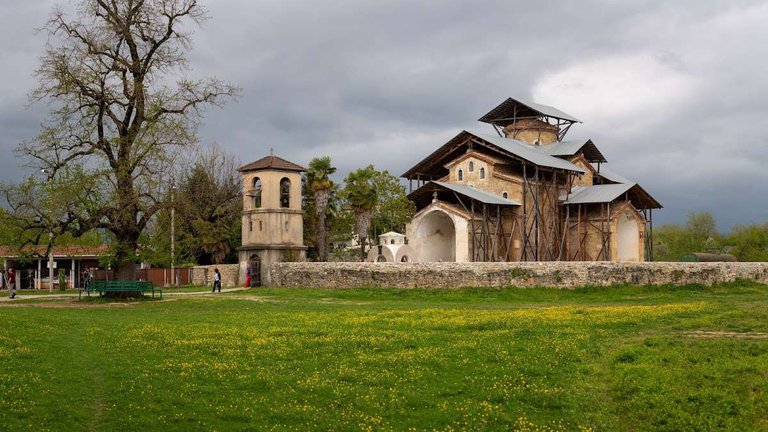
The Lykhny Church of the Dormition of the Blessed Virgin Mary is a 10th century mystery that is worth revealing!
Sights of GeorgiaFind out how to get to the temple, what to see nearby, where to eat and stay, and what sp…
-

Dranda Cathedral of the Dormition of the Blessed Virgin Mary - Find out what one of the oldest temples in Abkhazia hides
Sights of GeorgiaFind out what the Dranda Cathedral in Abkhazia hides behind it! 🌍 Discover the mysterious…
-
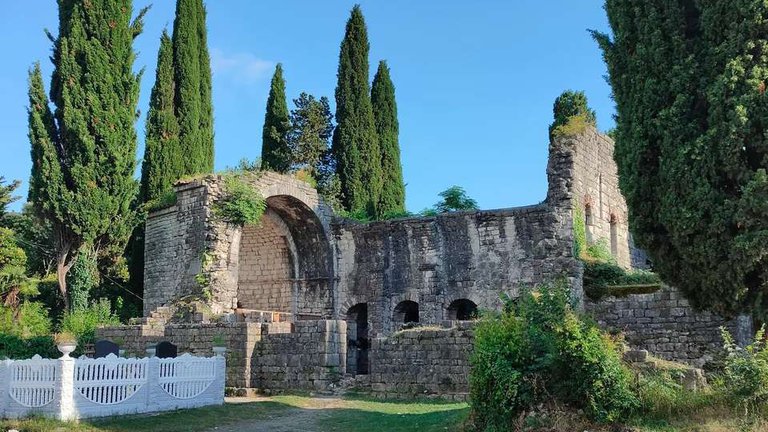
Tsandripsh Basilica: a unique Byzantine temple in Abkhazia that you must see!
Sights of GeorgiaThe Tsandrypsh Basilica is one of the most mysterious and unique sights of Abkhazia. Lear…












41 comments
Log in to leave a comment
თუ დამატებითი ინფორმაცია გაქვთ ამ ხატების შესახებ ან იცით მაგალითად ლაშარის-ჯვარის და მათთან დაკავშირებული რიტუალები, გთხოვთ გაუზიაროთ.